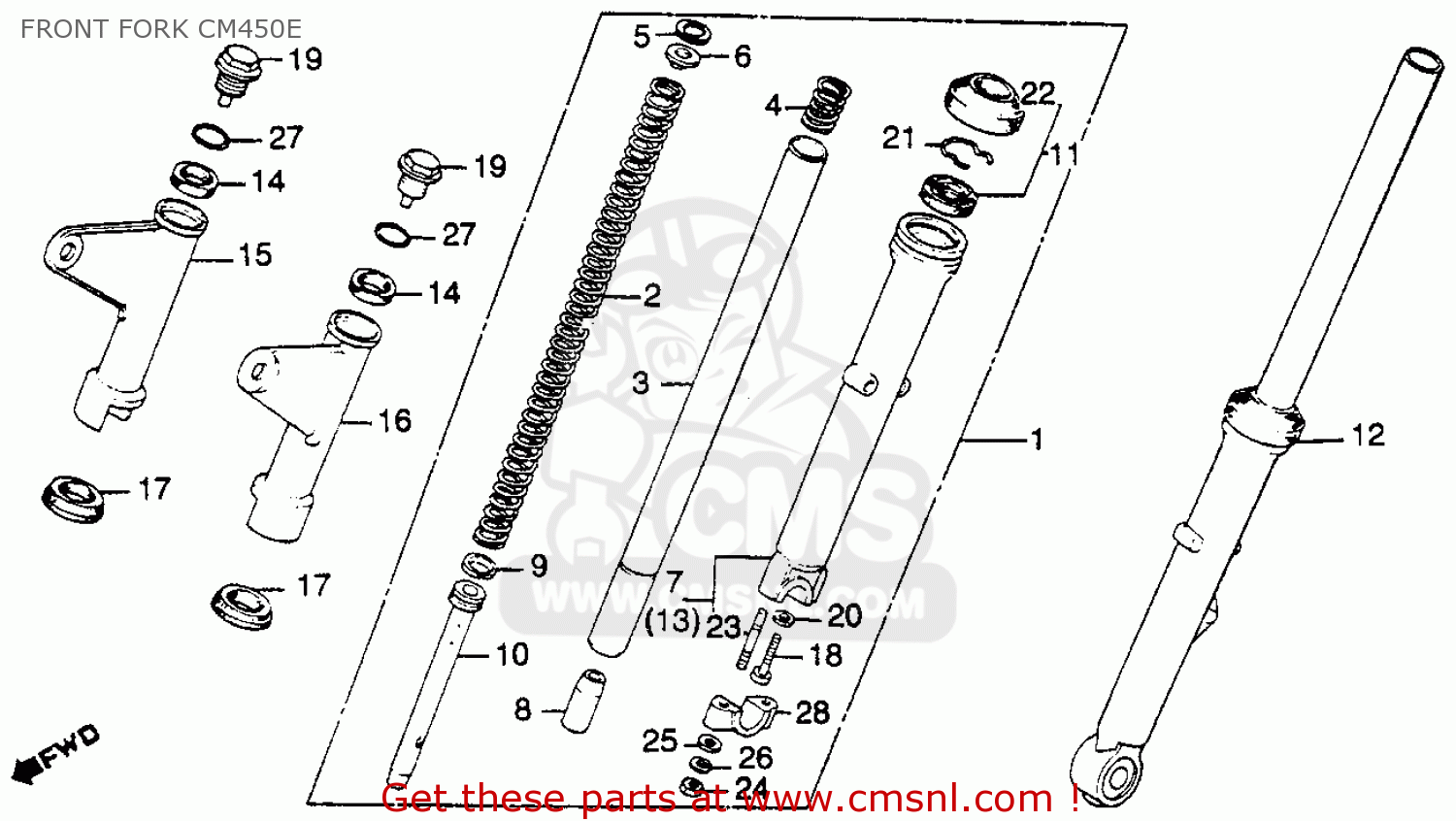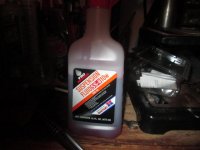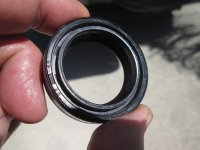Randall
Veteran Member
I'm into the front suspension of my CM450E, because the ride is pretty rough up front. Plus, the left fork, the one I have taken apart first was leaking a bit.
I got it all apart successfully and without much pain, but as I was cleaning everything up I came across this hard plastic piece on the damper rod. Is it broken? If so, what to do? It sure seems broken, but if not, how on Earth did they manufacture a hard plastic piece around hard metal like this?
Clymer calls it a damper rod, Partzilla calls it a pipe seat, and unavailable.
I also don't seem to be able to locate the piston ring that goes between the spring and the damper rod. I do feel a piece in the tube by the indentation that is free to rotate, is that it?

I got it all apart successfully and without much pain, but as I was cleaning everything up I came across this hard plastic piece on the damper rod. Is it broken? If so, what to do? It sure seems broken, but if not, how on Earth did they manufacture a hard plastic piece around hard metal like this?
Clymer calls it a damper rod, Partzilla calls it a pipe seat, and unavailable.
I also don't seem to be able to locate the piston ring that goes between the spring and the damper rod. I do feel a piece in the tube by the indentation that is free to rotate, is that it?






